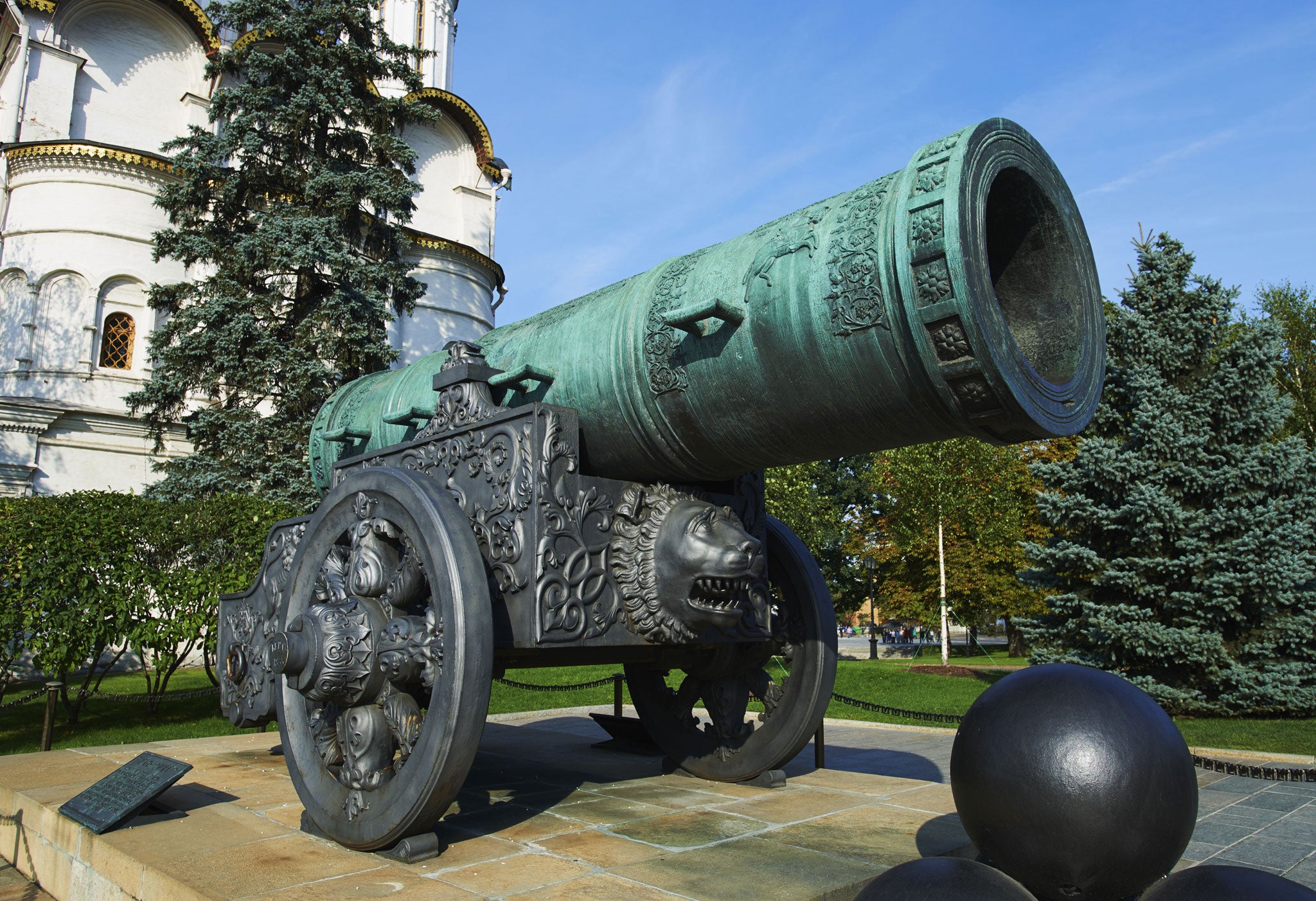Rhodri Marsden's Interesting Objects: The 1812 Overture cannon
Tchaikovsky's lack of enthusiasm for his commission prompted the bloody-minded inclusion of a huge brass band, a carillon and, of course, the cannon

Your support helps us to tell the story
From reproductive rights to climate change to Big Tech, The Independent is on the ground when the story is developing. Whether it's investigating the financials of Elon Musk's pro-Trump PAC or producing our latest documentary, 'The A Word', which shines a light on the American women fighting for reproductive rights, we know how important it is to parse out the facts from the messaging.
At such a critical moment in US history, we need reporters on the ground. Your donation allows us to keep sending journalists to speak to both sides of the story.
The Independent is trusted by Americans across the entire political spectrum. And unlike many other quality news outlets, we choose not to lock Americans out of our reporting and analysis with paywalls. We believe quality journalism should be available to everyone, paid for by those who can afford it.
Your support makes all the difference.* Local roads were closed, ambulances were on standby. Microphones, suspended between trees, were ready to capture the blast of a Napoleonic cannon borrowed from a military academy. The fifth blast was deemed to be a "take"; the tape was taken back to the studio and dubbed 16 times into a recording of Tchaikovsky's 1812 Overture by the Minneapolis Symphony Orchestra. This recording, made in 1954, was the first one to follow the composer's instructions to the letter.
* Tchaikovsky, whose 175th birthday it is next month, disliked the piece that was to become one of his most popular. The cacophonous collision of the French and Russian national anthems, symbolising Napoleon's failed invasion of Russia in 1812, was, according to the composer, "completely without artistic merit".
* His lack of enthusiasm for the commission prompted the bloody-minded inclusion of a huge brass band, a carillon (a huge structure with bells suspended) and, of course, the cannon. Tchaikovsky knew that 19th-century military hardware was unable to achieve the level of rhythmical precision he required. He wrote it down anyway.
* "It lends itself to disaster," says conductor Andrew Litton of the 1812. Musicians are not trained to operate artillery. Cannon shots tend to be replicated using other objects, such as bass drums or sledgehammers. Technology has made faking it easier, but one 1958 recording uses slowed-down gunfire, while another from 1916 doesn't bother with cannon shots at all.
* Any live performance striving for total authenticity requires 16 Napoleonic cannons, all operated by electric switch, because it's impossible to reload them in time for the next blast. It's one of the most preposterous pieces of orchestration ever conceived. Tchaikovsky never heard it performed as he intended.
Join our commenting forum
Join thought-provoking conversations, follow other Independent readers and see their replies
Comments